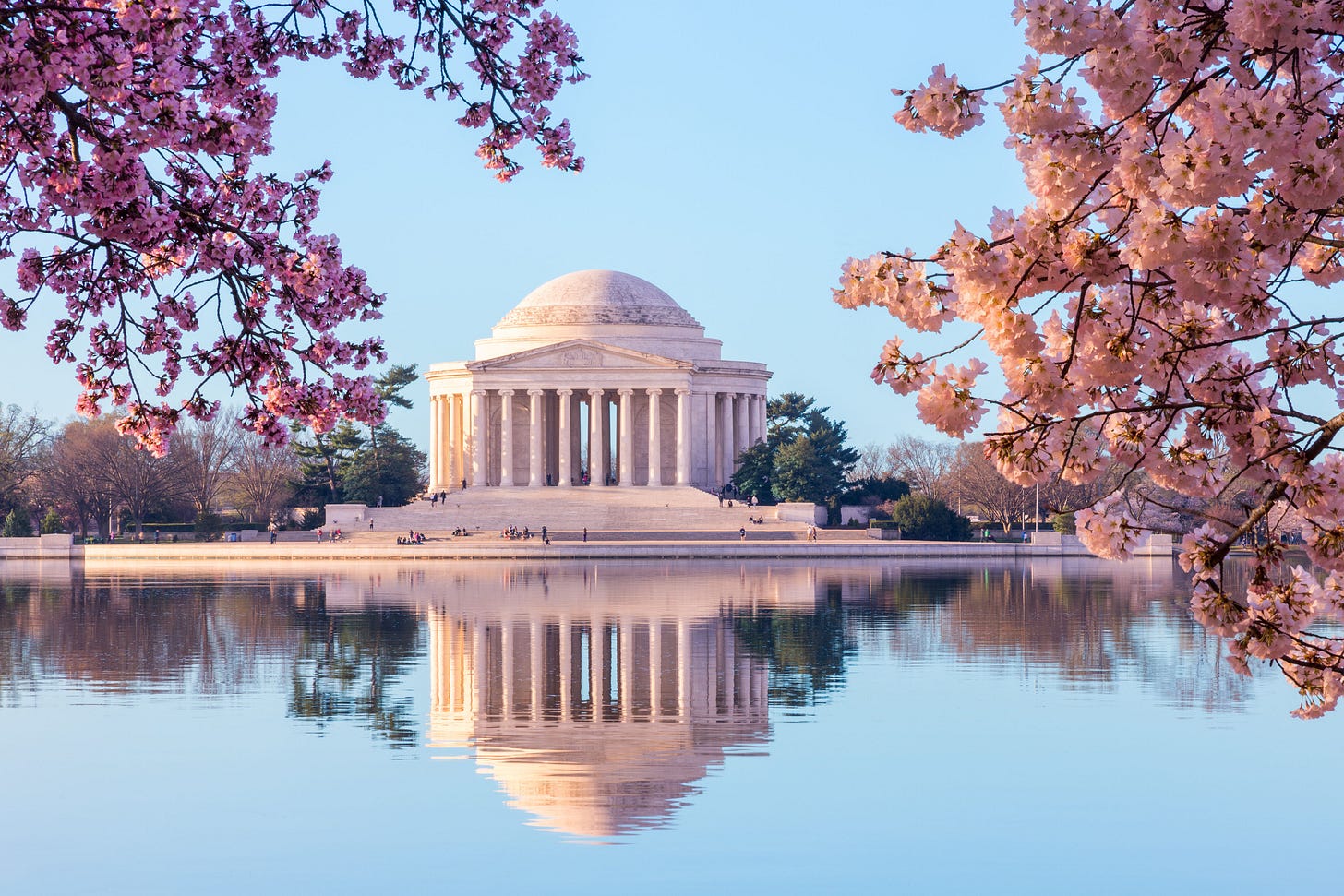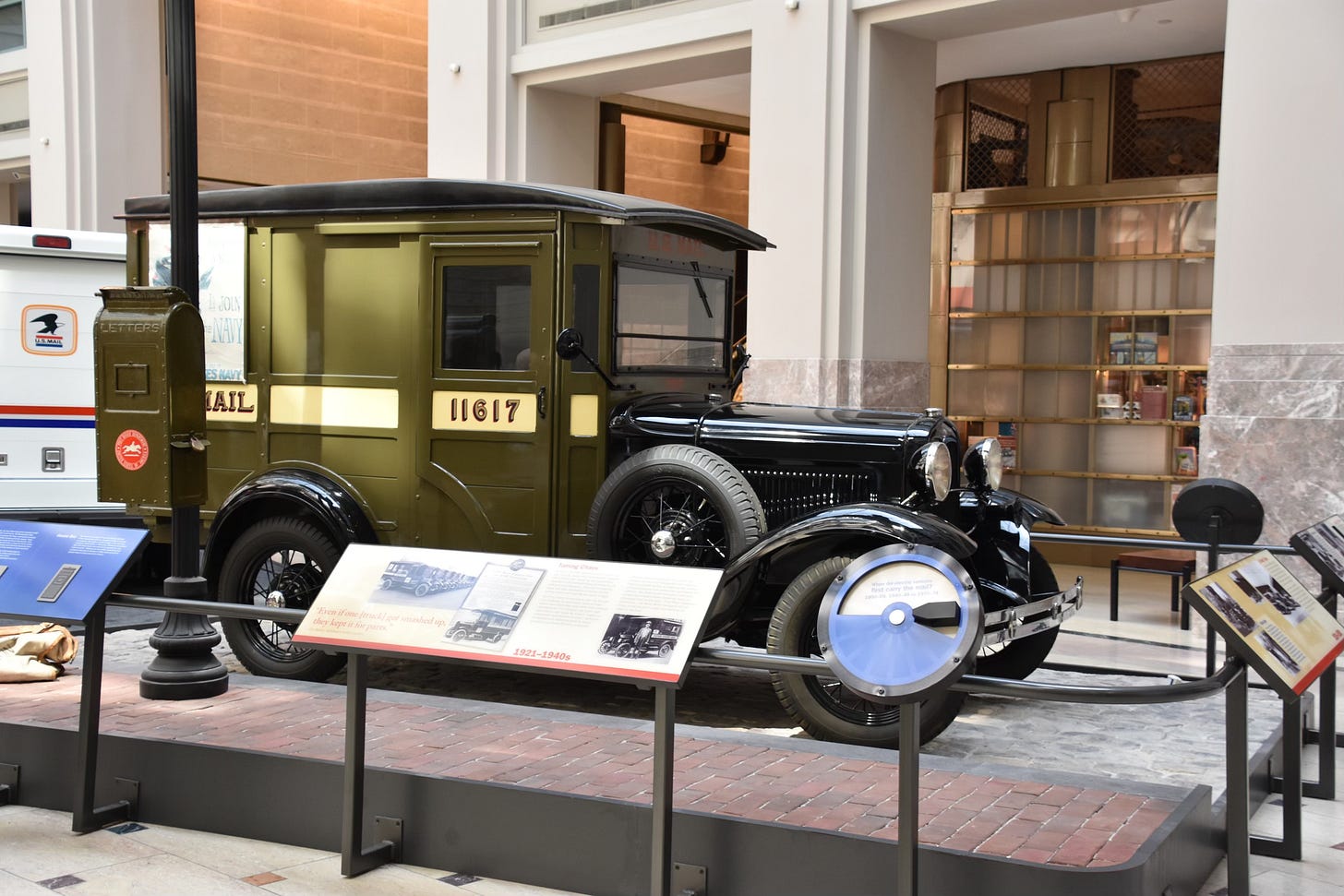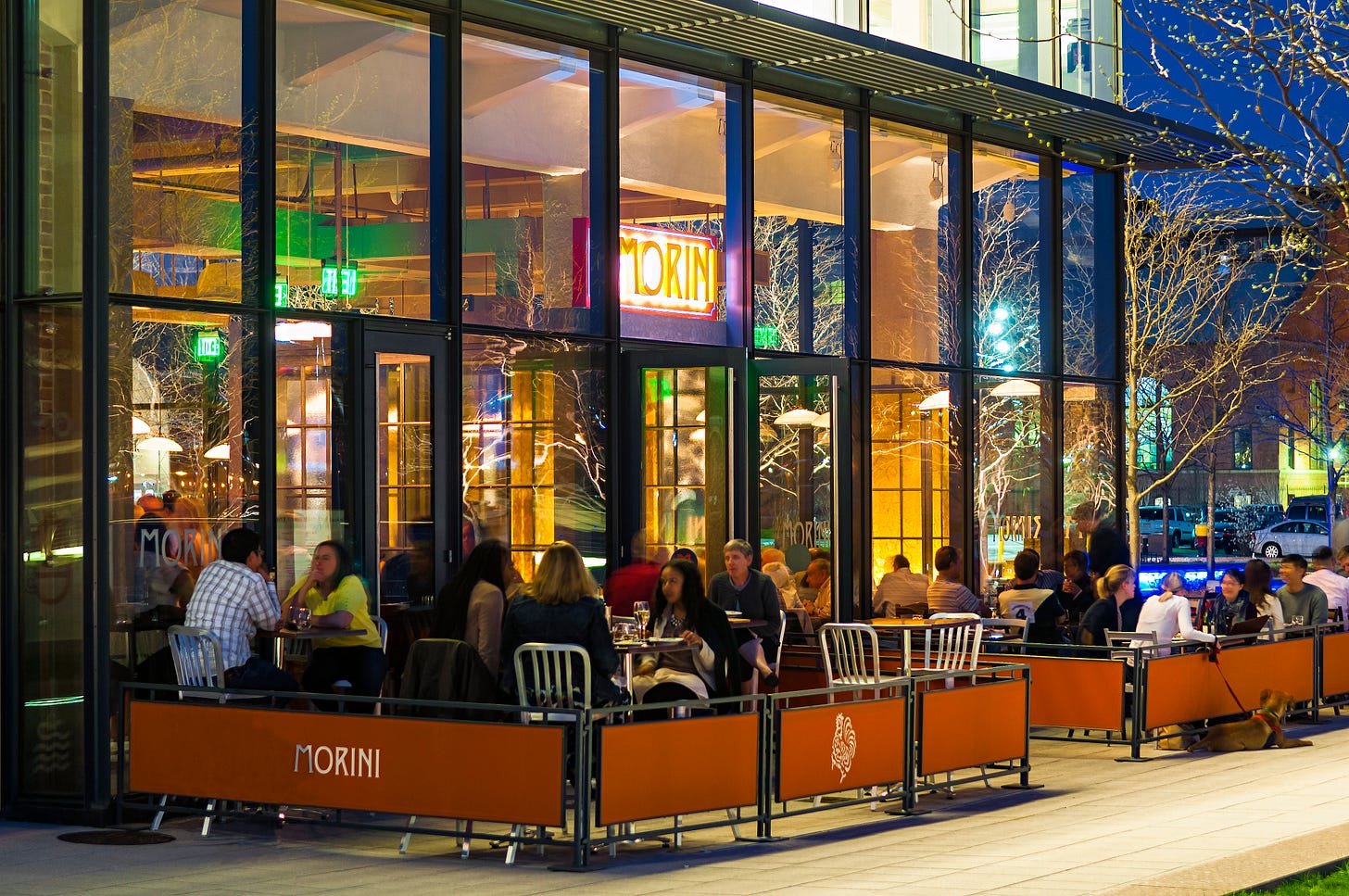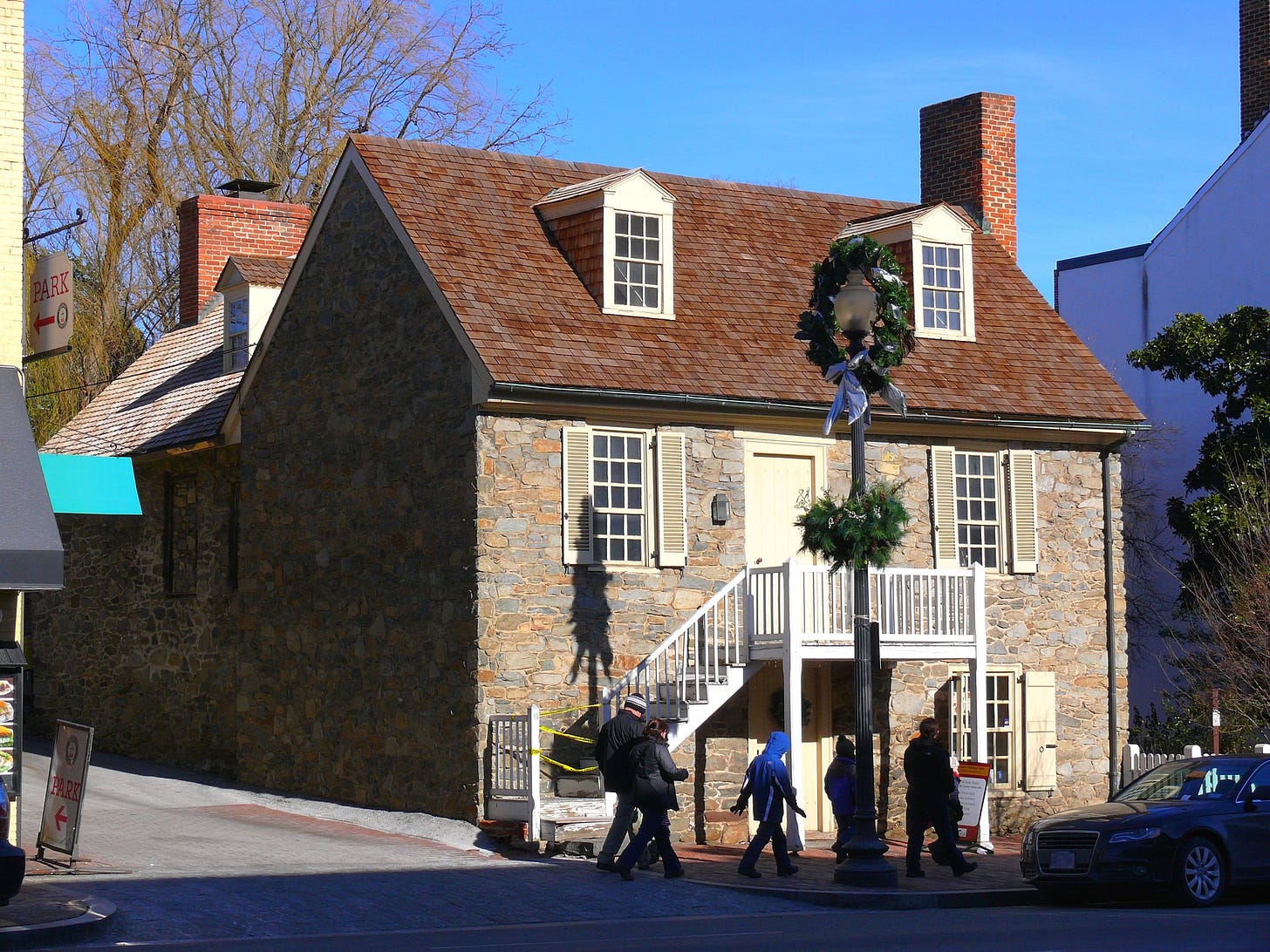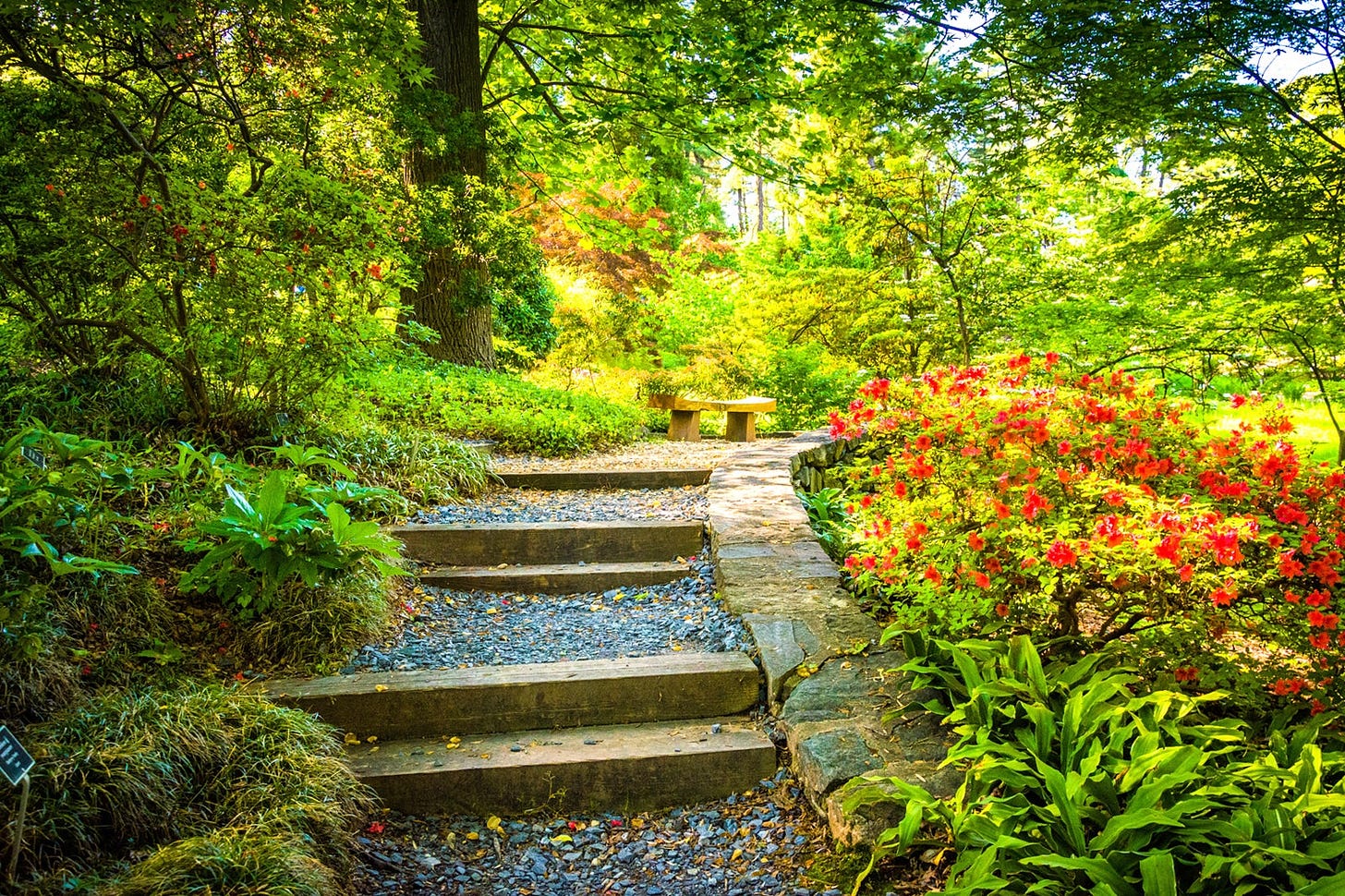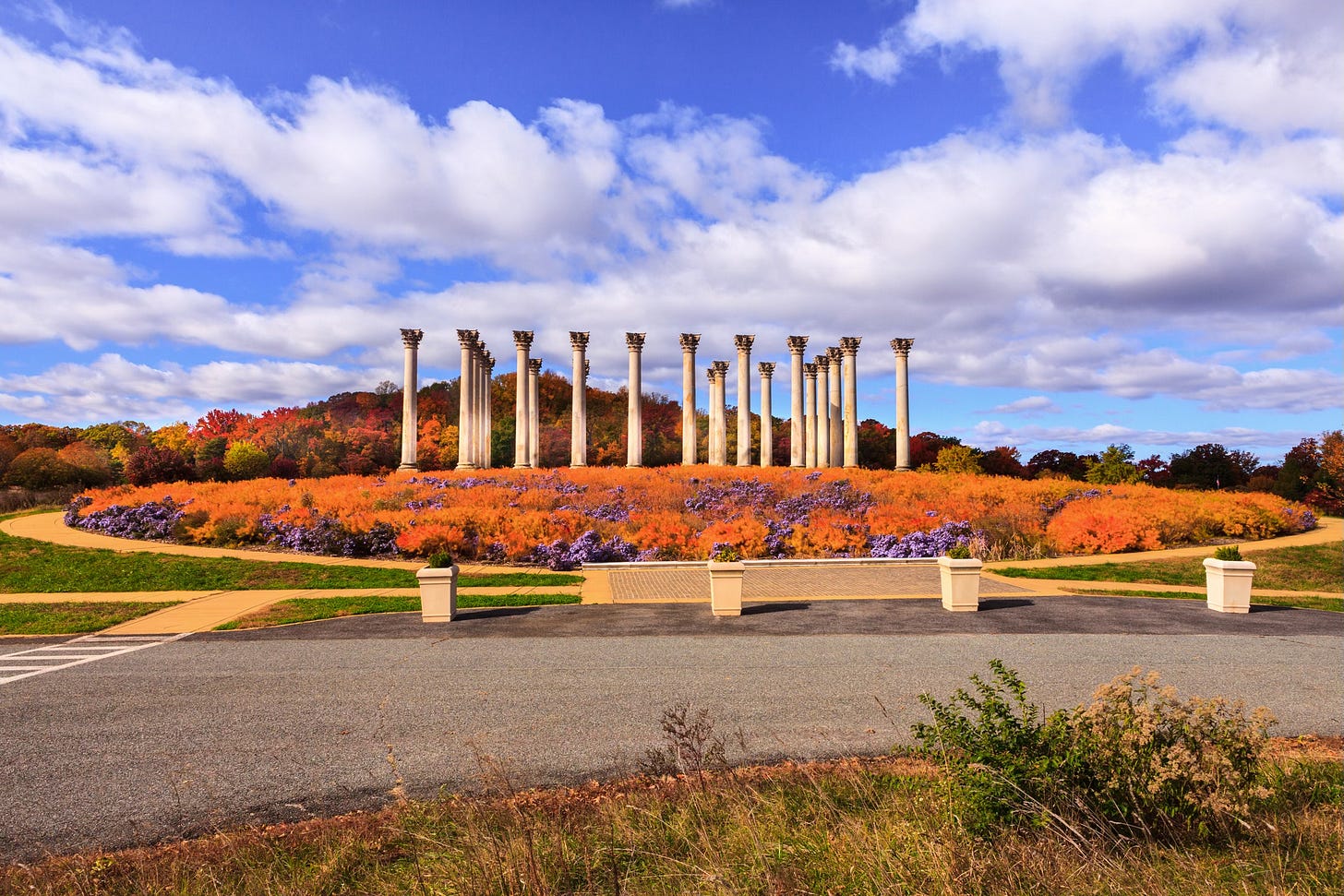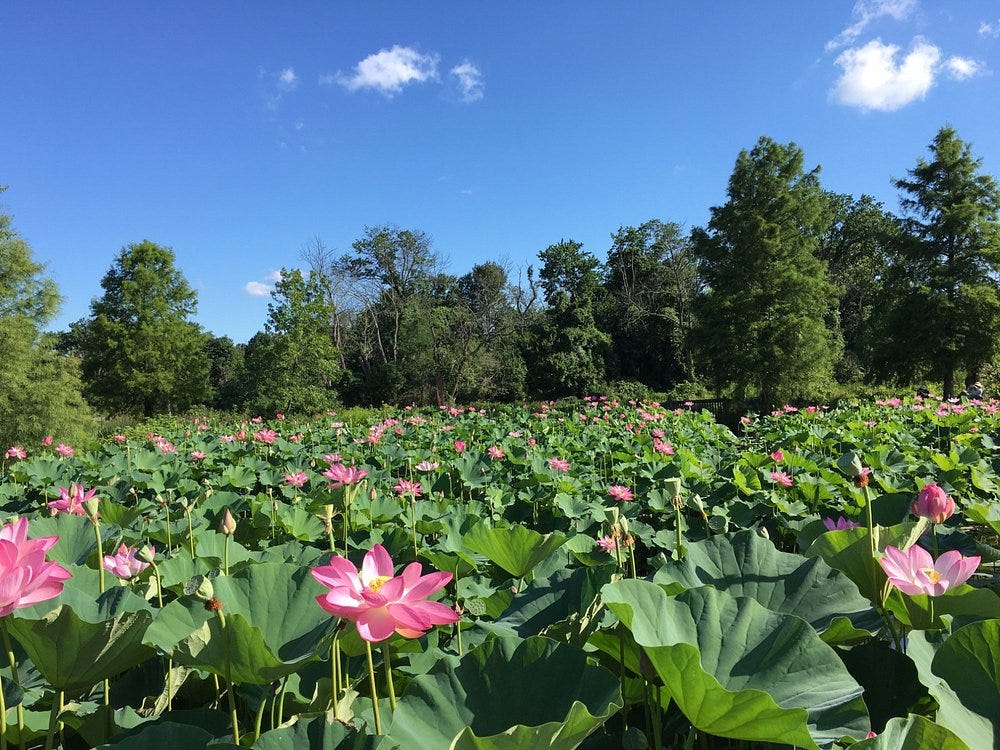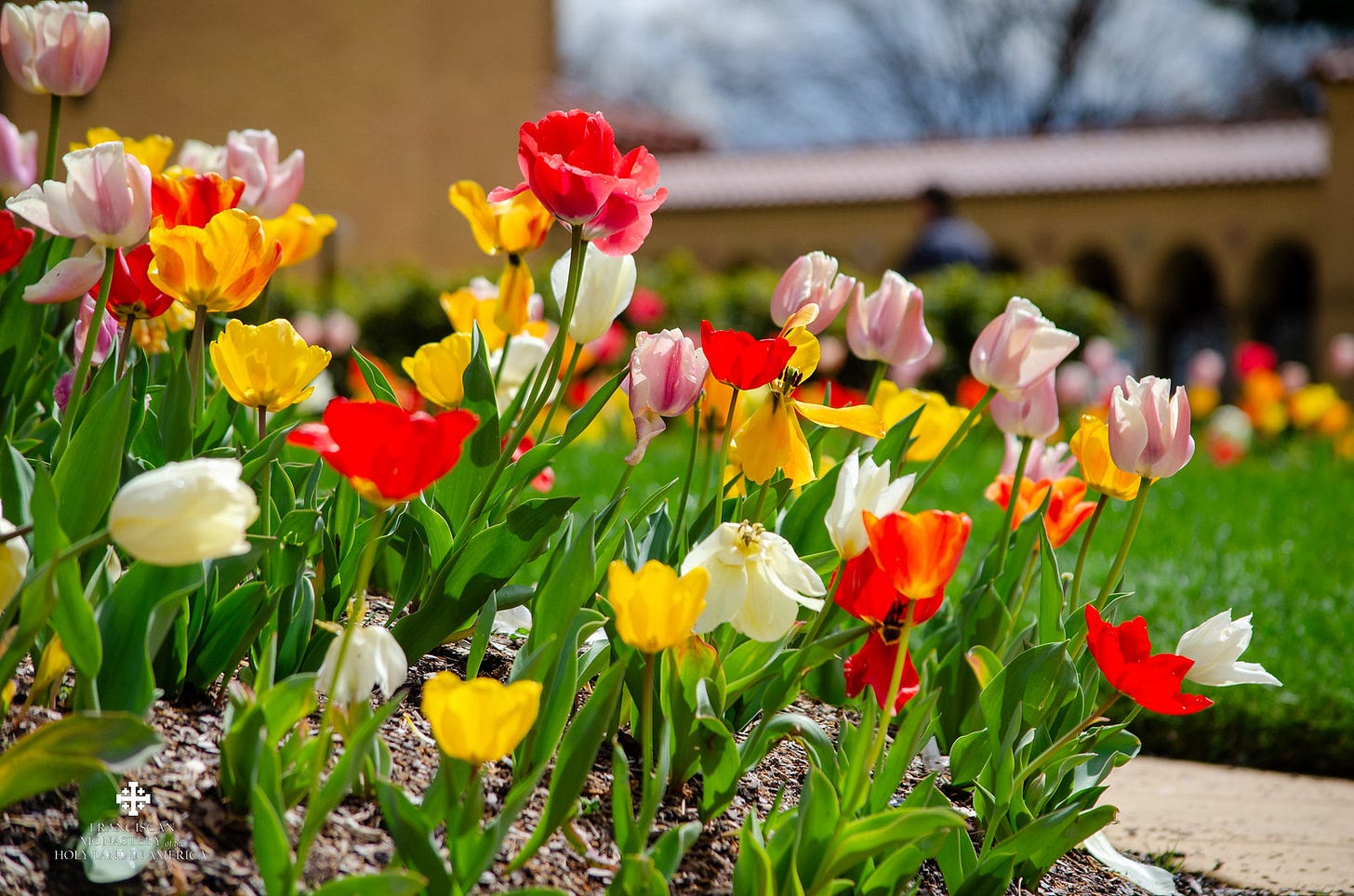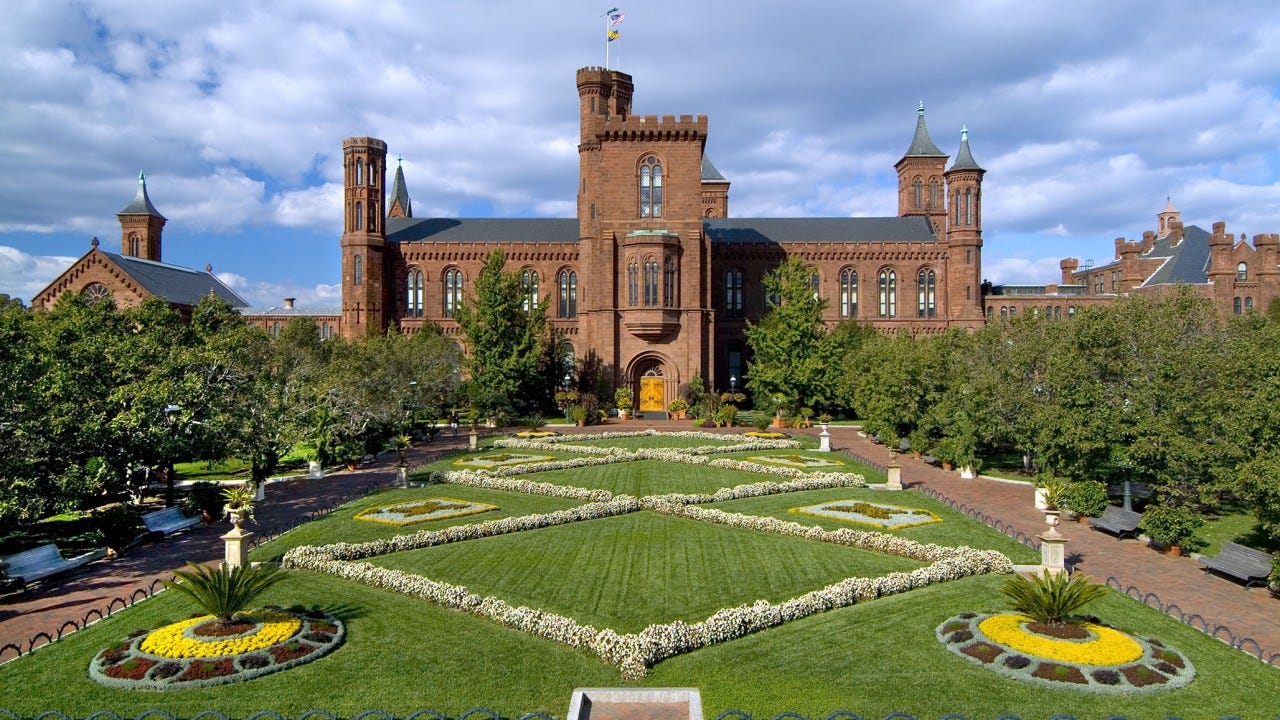Lesser-known sights in Washington, DC
Our capital is filled lush gardens, smaller museums, and out of the way spots to get more from a visit to DC.
More than 25 million Americans visit Washington, DC each year. Most come to enjoy the magnificent monuments, take a guided tour of the White House, and see other buildings where history has been made, both past and present.
Fewer venture beyond the main tourist spots to discover often-overlooked sites and neighborhoods filled with hidden gems that guidebooks might ignore or pass over too quickly. Yet these lesser-known places help bring the city’s history to life and highlight its important role in the story of the United States.
As a Native Washingtonian, I take pride in showing visitors buildings, gardens, and other sites that many miss but which enrich their experience of my hometown. These lesser-known yet fascinating places can add to both the enjoyment and education of sightseers.
Folger Shakespeare Library
The Folger Shakespeare Library holds the world’s largest collection of books, manuscripts, art, and other objects related to William Shakespeare, known as the greatest poet of all time. Interactive activities include creating a Shakespearean scene and typesetting for printing.
Post Office Museum
Exhibits at the Post Office Museum feature an early mail delivery truck, a replica of an 1851 stagecoach, and more than 20,000 stamps.
Walking Museum of Transportation. Interpretive
Learn about the history of transportation while strolling along the tree-shaded sidewalks surrounding the Walking Museum of Transportation. Interpretive panels, life-sized transportation exhibits, and other features serve as an outdoor museum that traces developments from early tires to airplane propellers.
Historic houses scattered around Washington often function as mini-museums. Abraham Lincoln spent over a quarter of his presidency at a cottage that served as a refuge from the White House pressures. It was there that he drafted the first version of the Emancipation Proclamation.
Tudor Place, Gorgetown (31st Street, NW)
Built in 1805, this mansion contains more than 18,000 decorative objects, including the largest collection of George Washington artifacts outside Mount Vernon. Key moments in American history that occurred there include visits by Marquis de Lafayette, the French general and politician, and Robert E. Lee. The garden at Tudor Place, dating back to 1805, features both formal European-style plantings and an English landscape design.
The Old Stone House, Georgetown
Believed to have been built in 1766, this the oldest structure on its original foundation in the city. Its granite and fieldstone walls, sourced from a nearby quarry, are up to three feet thick. Plantings resembling an early 18th-century English garden add color to the setting.
U.S. National Arboretum
These flowers hint at the vast array of more elaborate floral displays throughout the Washington area. The U.S. National Arboretum spans 451 acres of rolling forested terrain. Its gardens include North American native plants, as well as collections from China, Japan, and Korea. Notable groupings include a bonsai museum, historic roses, and an herb garden. The National Grove of State Trees features trees representing all 50 states and the District of Columbia.
National Capitol Columns
One of Washington’s most distinctive landmarks is the National Capitol Columns, which, after a challenging history, are now on display at the National Arboretum. These Corinthian sandstone pillars were originally meant to support the U.S. Capitol’s iron dome but couldn’t fulfill their purpose when a larger-than-expected cupola was built. Today, 22 of these elegant columns remain on display in an open meadow.
Kenilworth Park & Aquatic Gardens
This is a National Park Service site near the banks of the Anacostia River. It is home to a variety of plants native to the region before urban development took over. These include 150 species of plants, rare water lilies, and lotuses.
The Franciscan Monastery
This monastery is surrounded by lush gardens divided into two areas. One features formal flower arrangements with a wonderful rose garden near the church, while the other has a more natural style with replicas of Holy Land shrines. Flowering dogwood, cherry, and tulip trees add vibrant color to the scene.
Enid A. Haupt Garden at the Smithsonian Museum
Another notable garden is the four-acre Enid A. Haupt Garden, which is often overlooked. Visitors strolling along brick paths, enjoying hanging baskets, and listening to splashing fountains are often surprised to learn it is built on the rooftops of three Smithsonian museums. The garden includes a Parterre, Moongate Garden, and Fountain Garden, all designed to reflect the cultures and architecture of the buildings beneath.
A rooftop garden, an often-overlooked transportation museum, and historic homes that tell interesting chapters of the nation’s past are among the many places visitors to Washington, DC, tend to miss. That’s unfortunate because they help bring stories to life and deepen our understanding.
For more information, visit washington.org.


